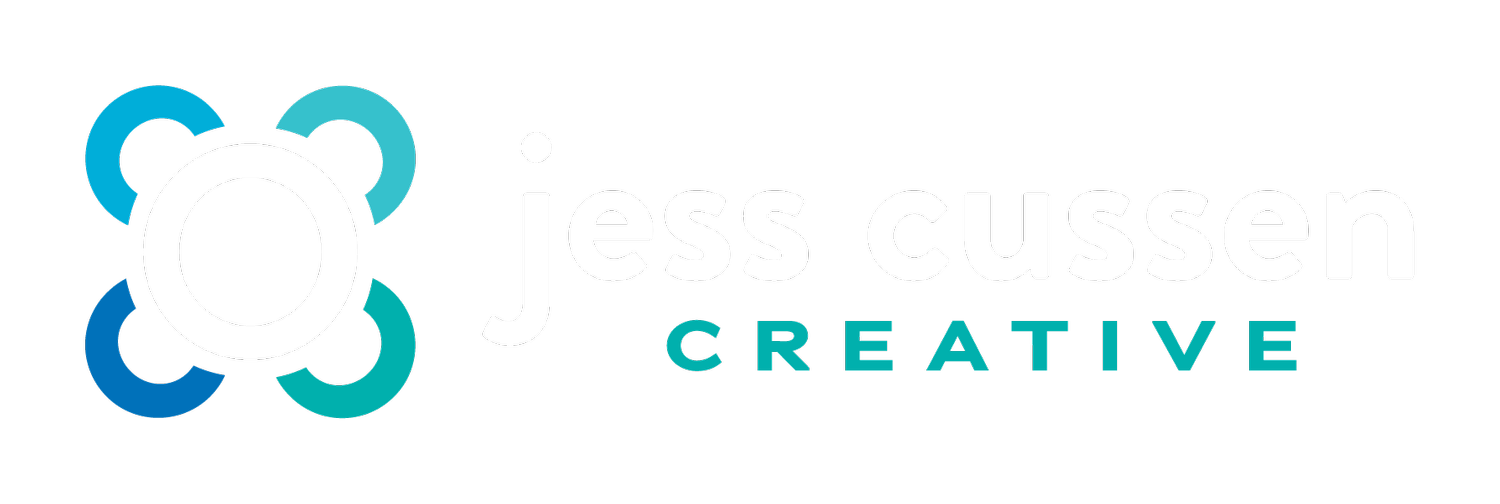To me, there's nothing better than seeing and feeling my final design hot off the press. The choice of stock and embellishments is a huge part of the design process and needs to be considered at the start of the project. These considerations will determine the tone of the project and will create a huge impact on the client/customer/user.
Here's an overview of what you might need to consider:
Coated + Uncoated Stock
What do you want your product to feel like? Choosing your paper stock is vital, and again, should be considered at the very start of the design process. Coated stock has a glossy finish whilst uncoated has a matte finish. Coated stock tends to be most popular for promotional flyers and booklets. Personally, I love uncoated stock; it's different, unusual and feels amazing. I generally always take home brochures if they're uncoated stock!
Stock Weights
The weight of the paper, also known as the 'gsm', refers to the thickness or paper density. If your product needs to be durable, for example business cards, a heavier paper stock should be considered.
Embellishments
There are a number of embellishments you should consider for your product. These tend to be a rare find as you're paying for premium printing. But they DO create a huge point of difference and will impress users even more than your competitors standard brochures.
Spot UV – This is one of the most cost-effective embellishment techniques. A thin layer of gloss is applied to a designated space/graphic while the rest is left untouched, generally used on uncoated stock. This is then set and dried with a UV light. This technique is mostly used on business cards, presentation folders and corporate document covers.
Foils – For luxury items, a foiled stamp might be applied. A custom metal block template is created and the foil is applied after the items are printed. You will most likely see these on wedding invitations.
Emboss/Deboss – Again, mostly used on luxury invitations, embossing raises the surface of the paper by pressing a metal plate of the desired shape directly onto the stock. This will catch your eye in the light and will feeling amazing when running your fingers over it.
Diecut – This technique is used to cut through the paper to create a custom shape. This can be used across any promotional material and it would be useful if you created a die block template that can be used for future products as the initial set up will be the main cost.
I hope this gives you an insight into the world of printing and possibly help you consider how you can get your printed materials standing out from your competition.

